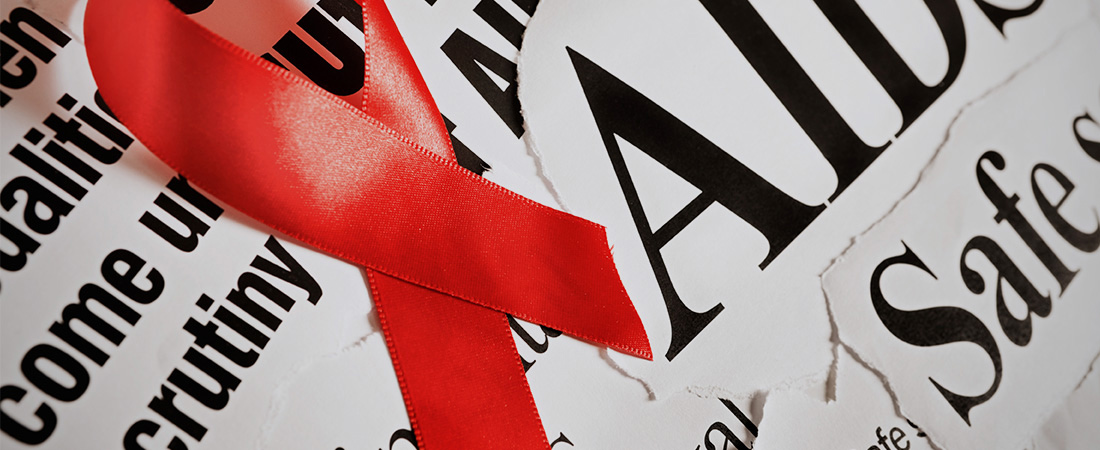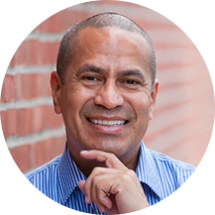Turning the Tide against HIV and AIDS

In the period between 1991 and 2006, the CDC estimates that over 350,000 new HIV infections were avoided as a result of prevention efforts. Now, guided by the National HIV/AIDS Strategy for the United States, the CDC is working to reduce infection levels in some of the country’s most-affected communities. Among the goals of the National Strategy:
- Reduce the annual number of new infections by 25%
- Reduce the HIV transmission rate by 30%
- Reduce the percentage of HIV-infected people who do not know they are carrying the virus from 20% to 10%
Source: The White House Office of National AIDS Policy, National HIV/AIDS Strategy for the United States, July 2010
The tagline of the 19th International AIDS Conference, held this week in Washington, D.C., is “Turning the Tide Together.” This phrase reflects the optimism of many in the public health, scientific, and advocacy fields that recent medical advances are paving the way for a cure for AIDS.
Yet despite these advances, HIV and AIDS continue to be a major public health concern. Data from the Centers for Disease Control and Prevention (CDC) indicate that nearly 1.1 million Americans are living with HIV—and one-fifth of them do not know that they are carrying the virus.
Alfredo Hernandez provides training and technical assistance for EDC’s e-Learning and Capacity Building Assistance Center, which supports agencies that deliver HIV prevention services. A native of Veracruz, Mexico, Hernandez learned that he was HIV-positive upon immigrating to the United States in 1993. He has since devoted his life to HIV education and prevention.
Q: How does the CDC set priorities about where to focus prevention efforts?
 Hernandez: The National HIV/AIDS Strategy is the road map that basically dictates where the focus of prevention efforts should be. Right now, the CDC is taking what it calls a “high-impact prevention approach” to reduce the number of new infections among affected populations. This includes young men who have sex with men, and specifically African American and Latino men of all ages who have sex with men. These are all groups who have been deeply affected by HIV. The CDC is also trying to promote prevention strategies among transgender youth and individuals newly diagnosed with HIV.
Hernandez: The National HIV/AIDS Strategy is the road map that basically dictates where the focus of prevention efforts should be. Right now, the CDC is taking what it calls a “high-impact prevention approach” to reduce the number of new infections among affected populations. This includes young men who have sex with men, and specifically African American and Latino men of all ages who have sex with men. These are all groups who have been deeply affected by HIV. The CDC is also trying to promote prevention strategies among transgender youth and individuals newly diagnosed with HIV.
Q: Are there any promising practices in HIV prevention?
Hernandez: Yes. My work is around HIV prevention through education, and many agencies are turning to programs that research has shown to be effective at preventing HIV. Each of these programs targets a specific group of people who are at risk for contracting the virus or who are newly diagnosed with HIV. Working with experts at the CDC, EDC has developed a number of these programs, including the VOICES/VOCES face-to-face and online trainings, and the CLEAR online course for program managers.
Many of these programs are not looking to change behavior completely, but to get people to think about their health. The basic message is, no matter what you do or who you do it with, it is important to protect yourself.
Another recent advance in the field is the increased use of e-learning to educate health professionals about these programs. E-learning helps HIV prevention agencies conserve their resources and staff time for actual prevention work. Online training can help trim a four-day face-to-face training down to two days. This means more people are served, and the agencies are still getting the same quality of training.
Q: How has the climate around HIV and AIDS changed since the mid-1980s?
Hernandez: The visibility of the virus has decreased. We aren’t seeing friends dying every week, and plenty of people who are HIV-positive are working and look healthy. But there are still a lot of people who are on medications that are not working for them or for whom the side effects are extremely brutal. Those are the pieces we don’t see as much.
Now, I think we run the risk of hitting a sense of fatigue in the movement. We have made so many advances against HIV that people might minimize the threat it poses. As a prevention specialist, sometimes I hear people say things like, “I’m tired of hearing about condoms.” And they might be tired of hearing about it, but this is essential knowledge. We still have to make people aware that they may be at risk and help them change their behavior to avoid contracting HIV.
Q: The International AIDS conference is being held in the United States this year. How will that help HIV prevention efforts?
Hernandez: I hope it’s going to be a bit of a wake-up call. It’s the perfect opportunity to bring HIV prevention back up to the level of importance that it should occupy. Until recently, there was a ban on HIV-positive people from traveling to the United States. But President Obama lifted the ban, and so for the first time in 20 years the conference is here.